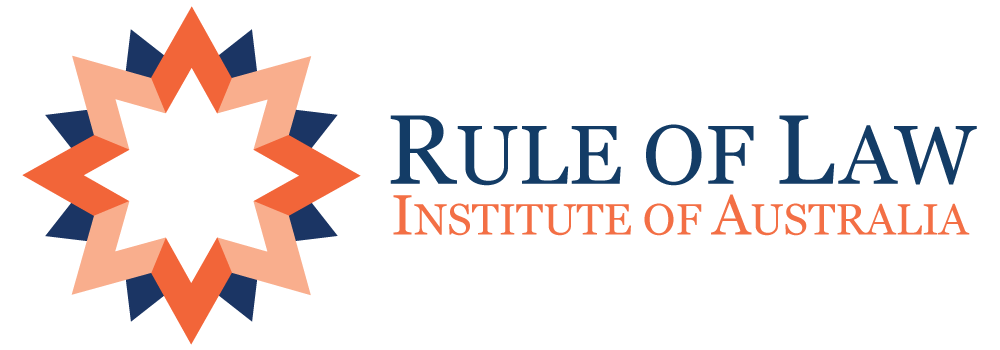The NSW Government has created a constitutional and democratic crisis by preventing the Upper House of Parliament from meeting.
With the unprecedented encroachment on our freedoms if ever there was a need for the Upper House to scrutinise the Government, it was now. It shows the extent the Government does not wish scrutiny that is has pulled this trick. Without the House meeting Bills cannot be passed, inquiries heard and scrutiny of the Government cannot take place. Business of the Government will slowly wind to an end. None of this appeared to trouble the Government when it decided to pull a trick, like you rarely find in business; not for a Minister to be present in the House as required and then to argue as the Minister was not present under the rules the meeting cannot proceed, is a bit rich.
What sort of example is this to our school children who we are trying to teach democracy and the rule of law?
This article will examine whether the tactic is legal.
First, a little background, it needs to be mentioned that the absence of a Minister was quite deliberate and planned. One could imagine circumstances where the Minister had a reasonable excuse but there was not one of them. It was the plan of the NSW Government to frustrate the sitting days of the Upper House. All its efforts were concentrated on Standing Order 34 which among the procedural provisions provided:
“The House will not meet unless a Minister is present in the House”
The NSW Government then expected the President of the House to not proceed to business in the absence of a Minister and Standing Order 34 and to close the meeting. The President did this, but was he correct?
Standing Order 34 appears clear, the House will not meet unless a Minister is present in the House. The President interpreted “will not meet” as “must not meet”.
But there is a clear distinction between “will” and “must”. The draftsman of the Standing Order recognises that distinction in Chapter 6 where the draftsman uses “will” and in Chapter 7 alternately the word “must” and “will”.
It has been repeatedly said that the word “must” denotes a mandatory obligation Mikhman v Royal Victorian Aero Club [2012] VSC 42 at 24 and “will” directory.
Mr Justice Mahoney said in Egan v Willis (1996) 40 NSWLR 650 that the Standing Orders are to be interpreted in the light of their purpose and intended operation. Here are two democratic bodies, the Lower House and the Upper House of Parliament. The Lower House is controlled by the Government of the day which prepares and sends Bills to the Upper House for approval. With few exceptions, Bills under the NSW Constitution need the approval of the Lower House and the Upper House. In practice, this means that both Houses need to work together.
This is explained in the Annotated Standing Orders of the NSW Legislative Council in the following terms “…that a Member of the Executive is present both to ensure the smooth passage of the Government’s agenda and also to answer questions and provide clarification on matters”.
It appears that the purpose and intent of Standing Order 34 is procedural. This is supported by the longstanding convention that a Member of the Lower House would be present whenever the Upper House sits. The Minister has no control over proceedings but is a facilitator in the official dealing with business.
The meeting of the Upper House was closed by the President on the urging of the NSW Government not withstanding that the House had assembled to do business and had the necessary quorum of 8 Members as required by Section 22H of the Constitution, and had not met since 24 June 2021.
Whilst the closure of the House is a significant matter, the intent and purpose of “will” when there is no legal obligation on the Government to send a Minister along is considered not a mandatory obligation and not to be read as “must”.
Relations between the Lower House and the Upper House have been at best prickly. The Lower House has sought to abolish or limit the powers of the Upper House in 1859, 1861, 1873, 1894, 1910, 1925, 1929, 1930, 1943, 1946, 1957, 1960, 1978, 1987, 1991 and 1999.
Section 15 of the NSW Constitution lists the subject matters of Standing Orders, and on being approved by the Governor, become “binding” and “of force”. This does not make the Orders part of the general law, they are only “directory”.
While the Courts have power to determine whether a Standing Order has been validly made, and how it is to be interpreted, the construction is generally left to the House.
There is nothing in the Constitution or the Standing Order which suggests an intention that Standing Order 34 is a mechanism for the Government to control, if and when, the Upper House meets.
The Presidents ruling is considered to be ill founded and should not have been made.
Robin Speed
Rule of Law Institute of Australia
